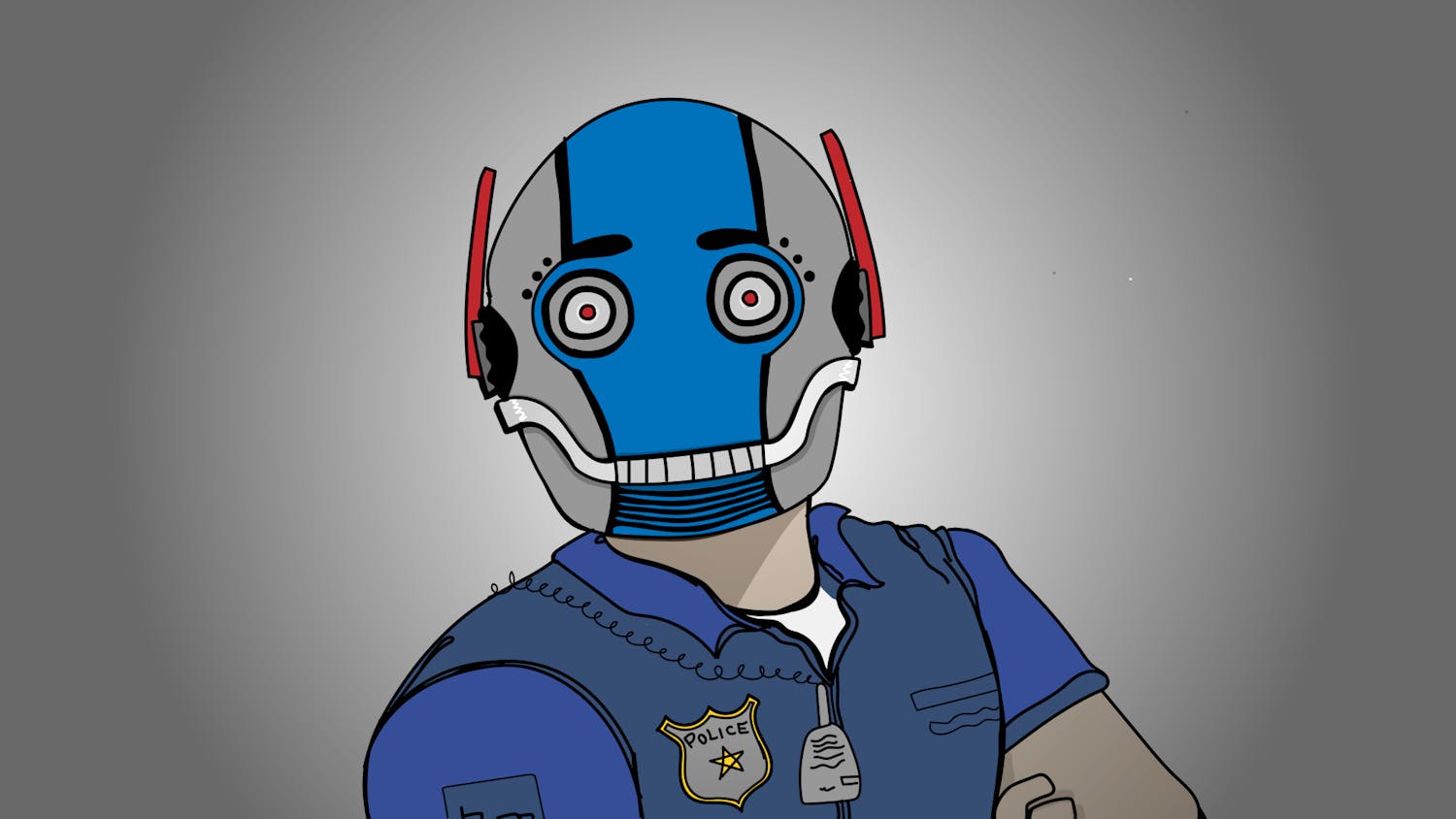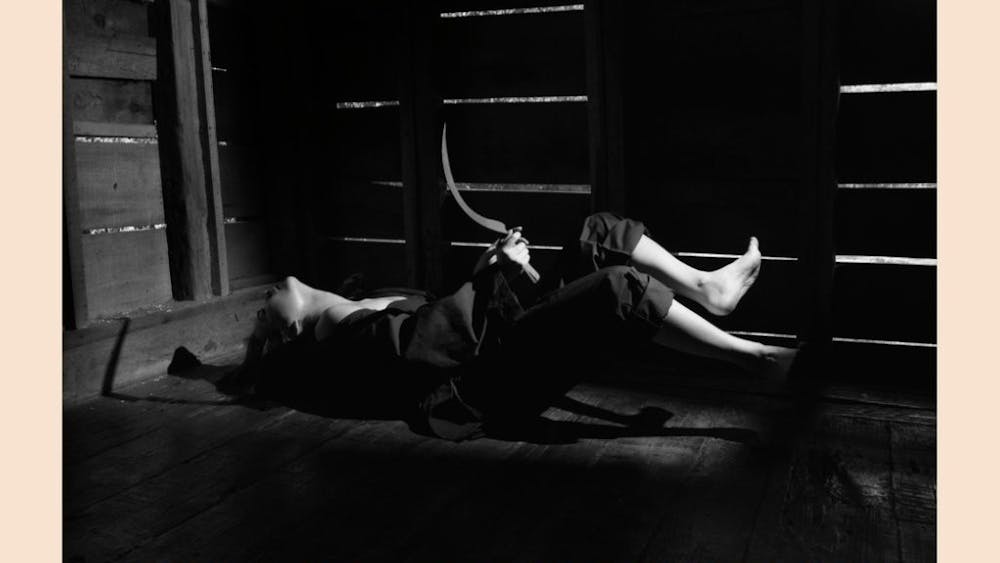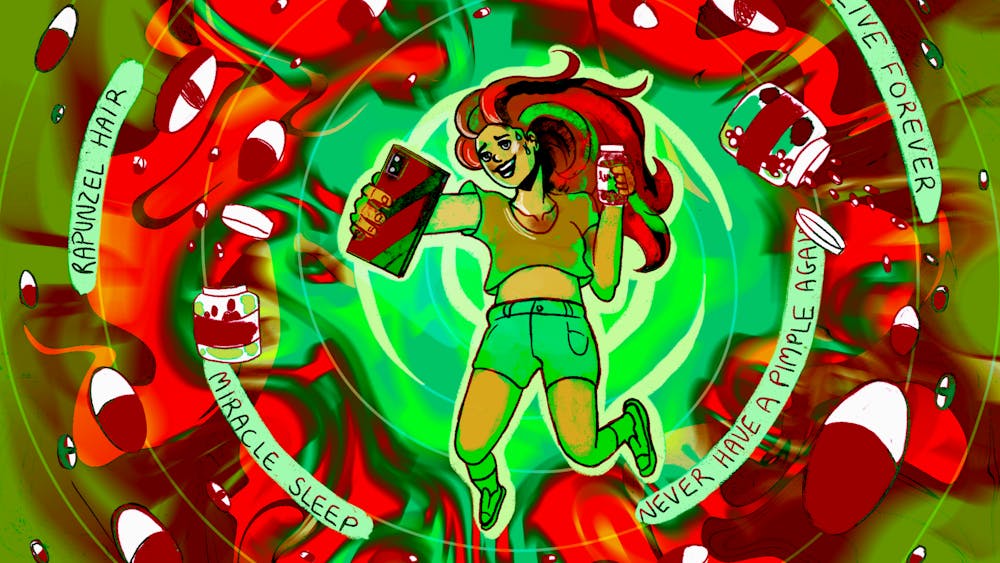The United States is famous for its tripartite system of government — three independent branches with differentiated power connected by a system of checks and balances to limit the power of any one branch.
Across the country, student governments have adopted this system as a model for their own governments, with distinct executive, legislative and judiciary branches. But is this model necessarily the best way for students to express their voices?
After all, the very nature of the power that student governments wield is different than that of the United States government.
From ancient Greek, “to govern” means “to steer,” as in, a ship, which implies a sort of sovereignty and a set of policies to control.
But in a university, student governments are excluded from the power hierarchy made up of the board of trustees and administrators, with faculty fighting like hell for the few scraps of power left behind.
Instead, student governments exert power in two ways: as incubators of ideas and as policy advocates.
As incubators, student governments serve as the source of “risky” ideas that need to be test-driven and proven financially viable with student money before universities are willing to accept them. As policy advocates, student governments sometimes attempt to influence issues that matter to students by lobbying administrators and lawmakers. Most student government activity can be placed in this rubric.
For instance, in a recent letter to the editor, three IUSA officials cite, among other things, the SRSC, the Campus Readership program, Hoosier PACT and the Indiana Lifeline Law as accomplishments of student government. Students often also cite fall break and the campus bus tracking system.
Let’s take face value that these are all things essential to students at IU. If so, could we accomplish these things more efficiently without the hassle of messy elections every year and the sprawling bureaucracy in the three branches?
We should start by asking ourselves what model of government best suits our needs.
In a 1975 “Peabody Journal of Education” article, Don Creamer, dean of students at El Centro College, suggested five models for student government: the representative model, the town hall, the urban community model, the adhocracy and the student syndicate model. Call them the five contenders.
Our current system, the representative model, has the advantage that it’s the most obviously democratic of the lot. Another variant of the representative model, a parliamentary system (like in the UK), might help fix the generally awkward relations between Congress and the executive branch.
However, a general weakness of this model is its lack of continuity — a one-year or even two-year term makes it hard to accrue enough power within the institution.
A town hall-style system solves this problem by having a campus administrator run a town hall empowered to make decisions on issues that matter to students. Unfortunately this requires administrator buy-in.
On a side note, even if it were just an open forum, students should demand that the new provost position include having a monthly forum for students to air their concerns.
An urban community model in which citizens from around the community and even surrounding high schools participate in decision-making, makes the most sense when college students consider themselves primarily citizens of the community or are raising families. This probably doesn’t apply to IU.
An adhocracy model entails a central committee that creates on-the-fly committees to deal with specific issues. This model solves the problem that not every student cares about every issue, or should care about every issue, in an efficient manner.
Unfortunately, the system is pretty open to criticism. All it needs is someone clever to dub it the condom model, “Use once and flush,” and it’s ruined forever.
Finally a student syndicate, like a labor union, could put huge amounts of pressure on administrators if it could convince students to do things like strike.
Could a future IUSA do this? Who knows? But the possibilities are endless, and by having these conversations, we reaffirm our commitment to student rights and student voices.
And in the end, that’s what student government is all about.
— sidfletc@indiana.edu
Rethinking student government
Get stories like this in your inbox
Subscribe





